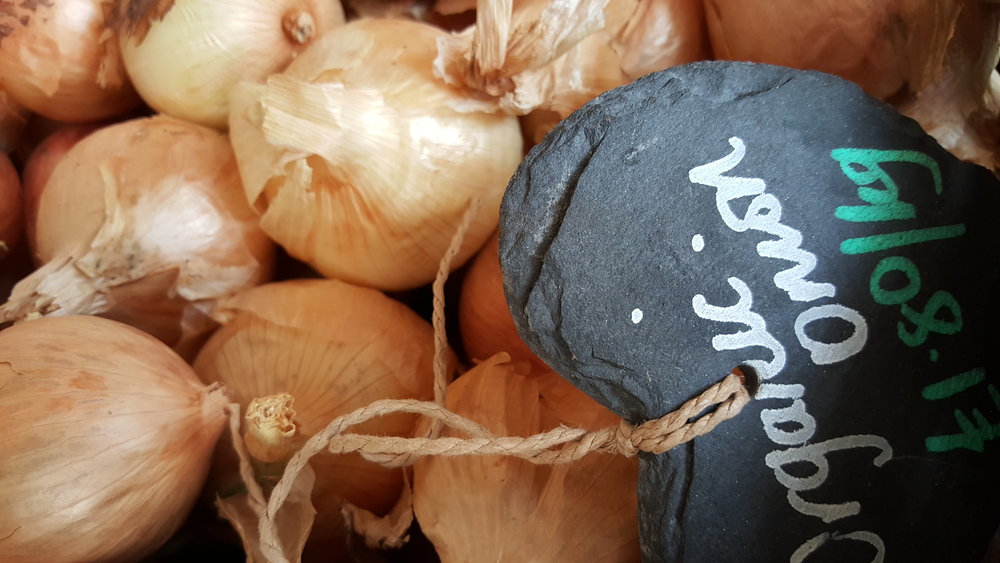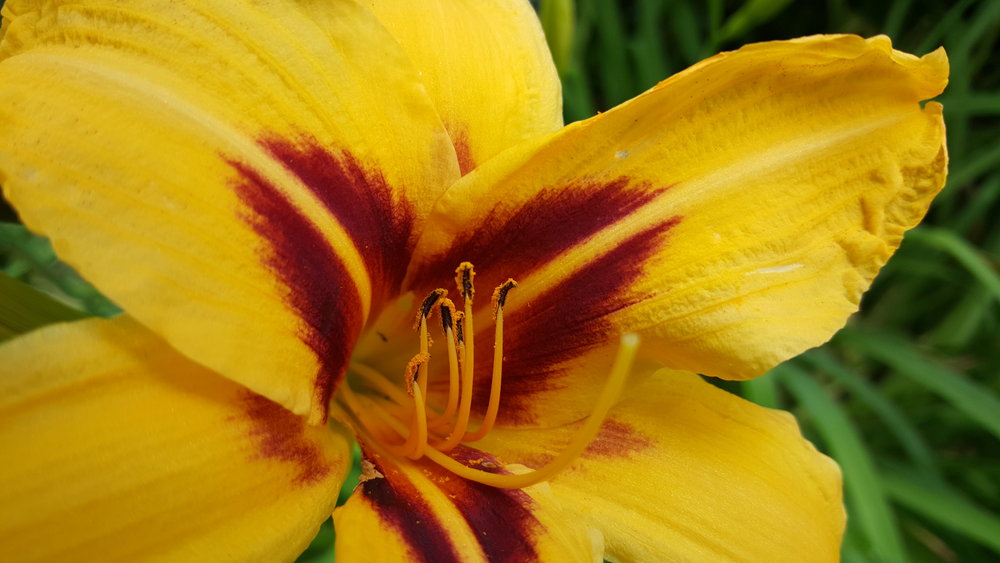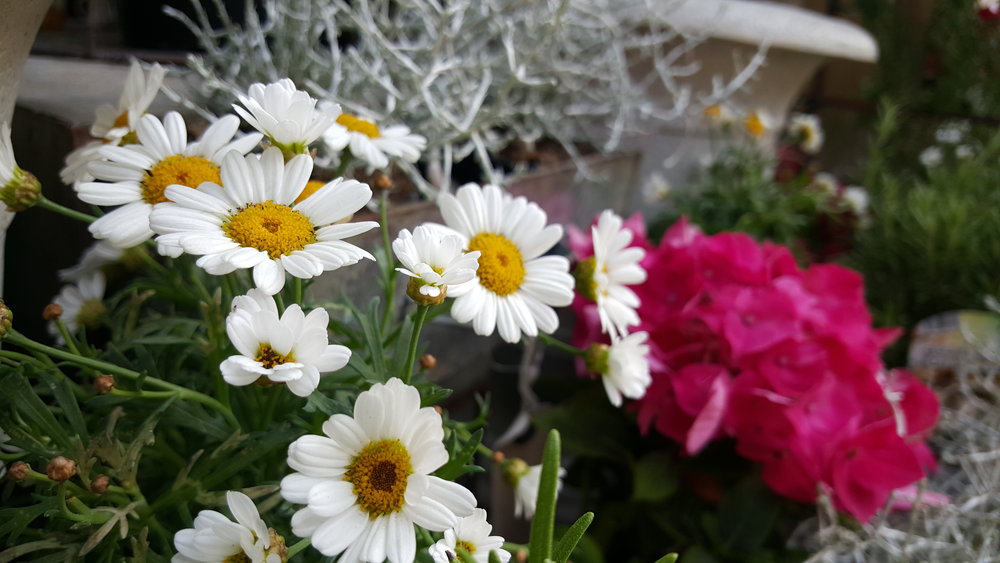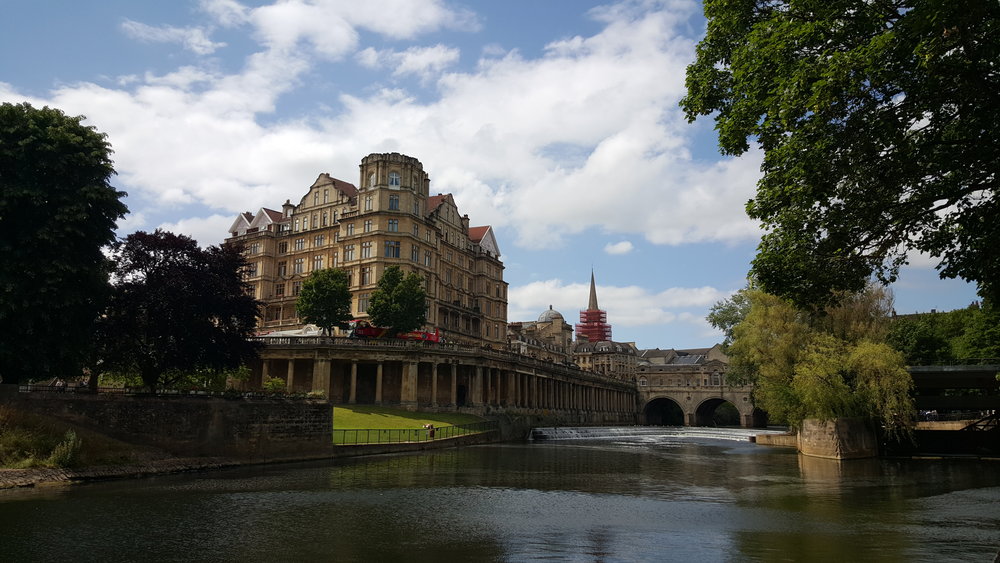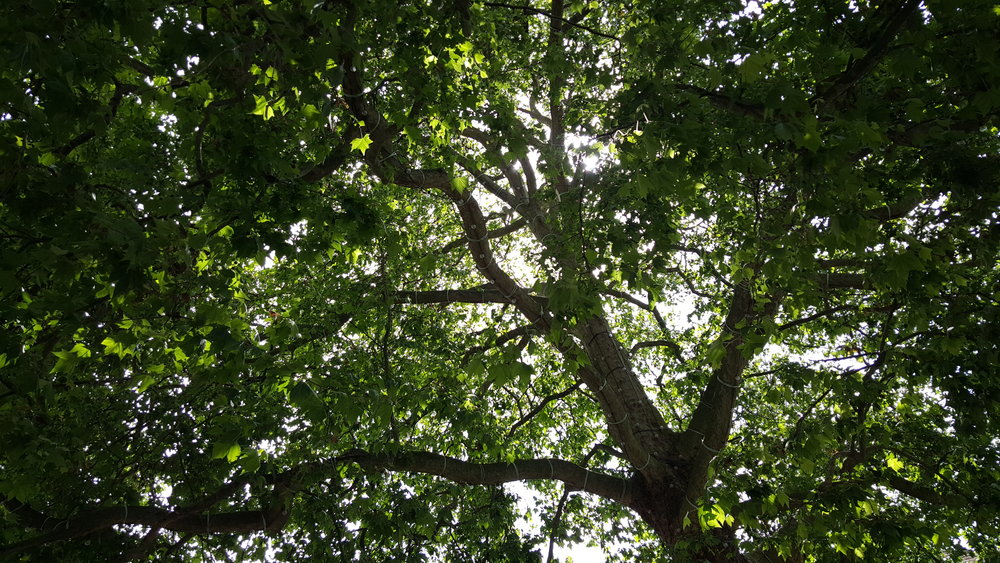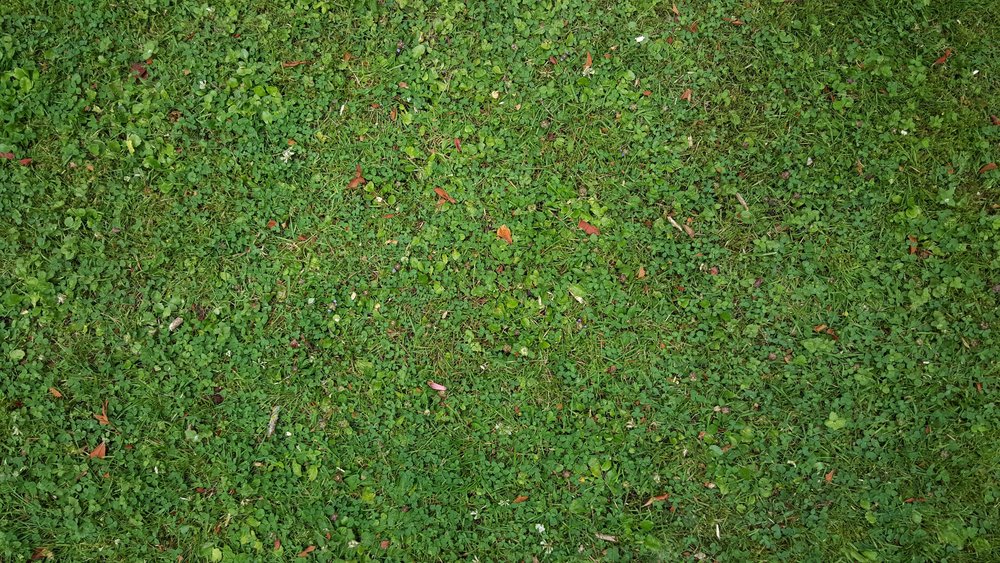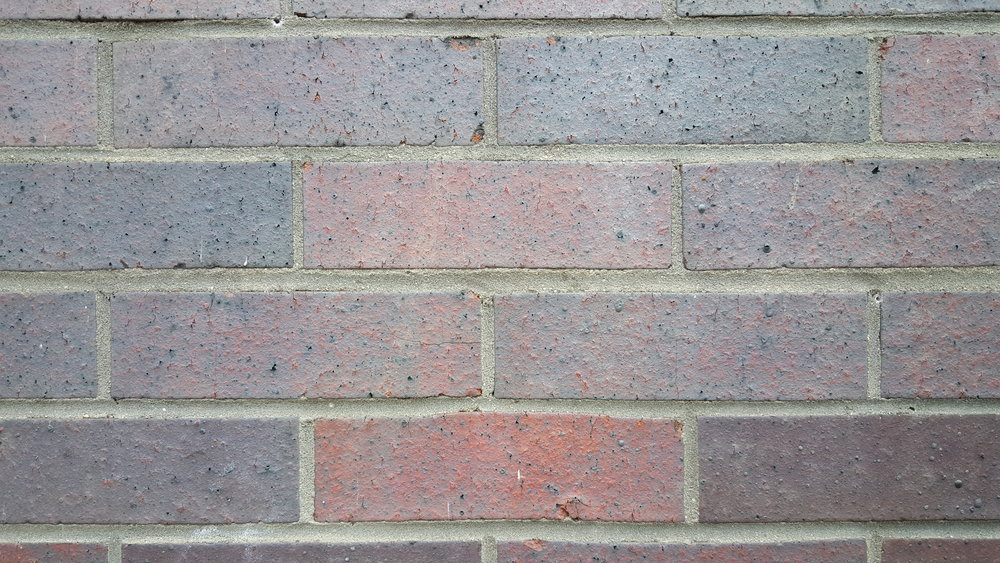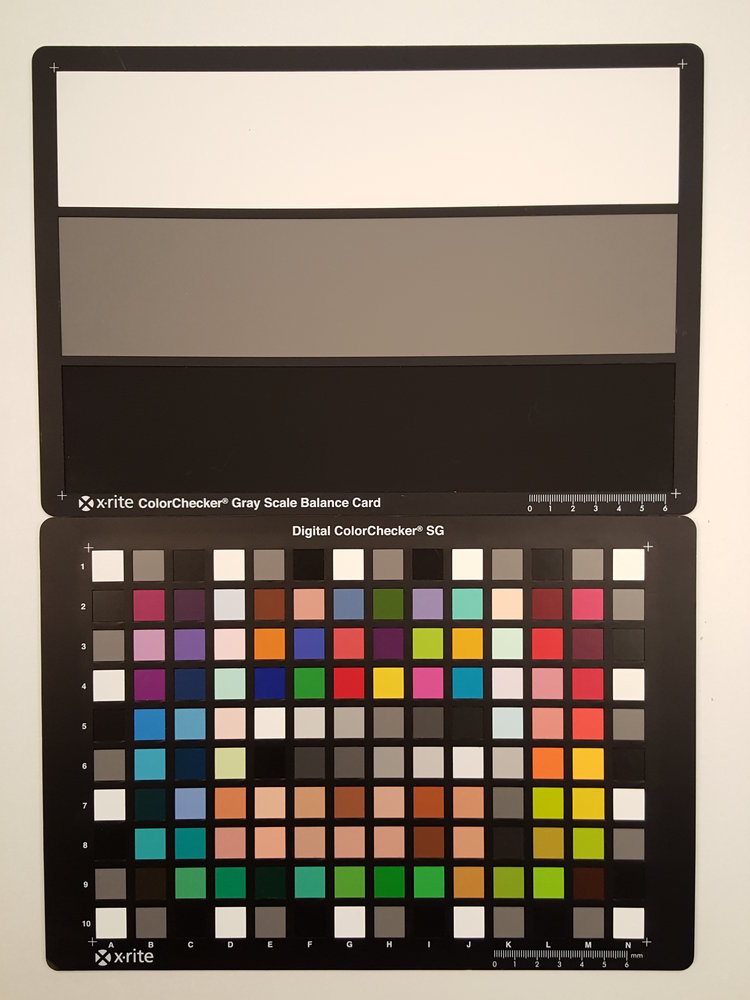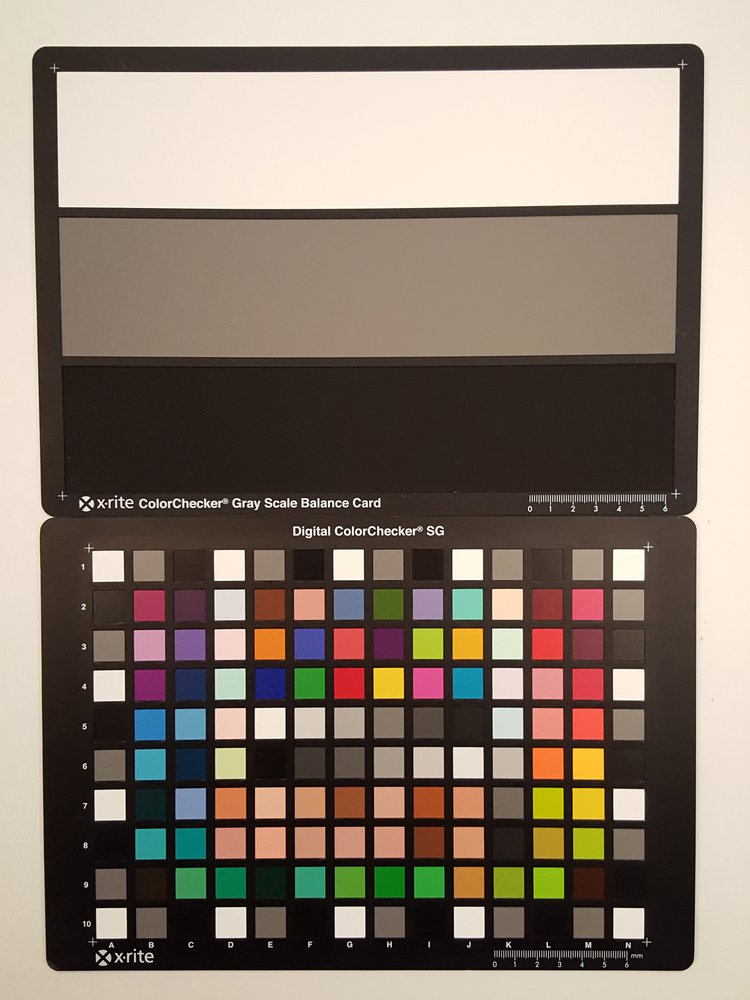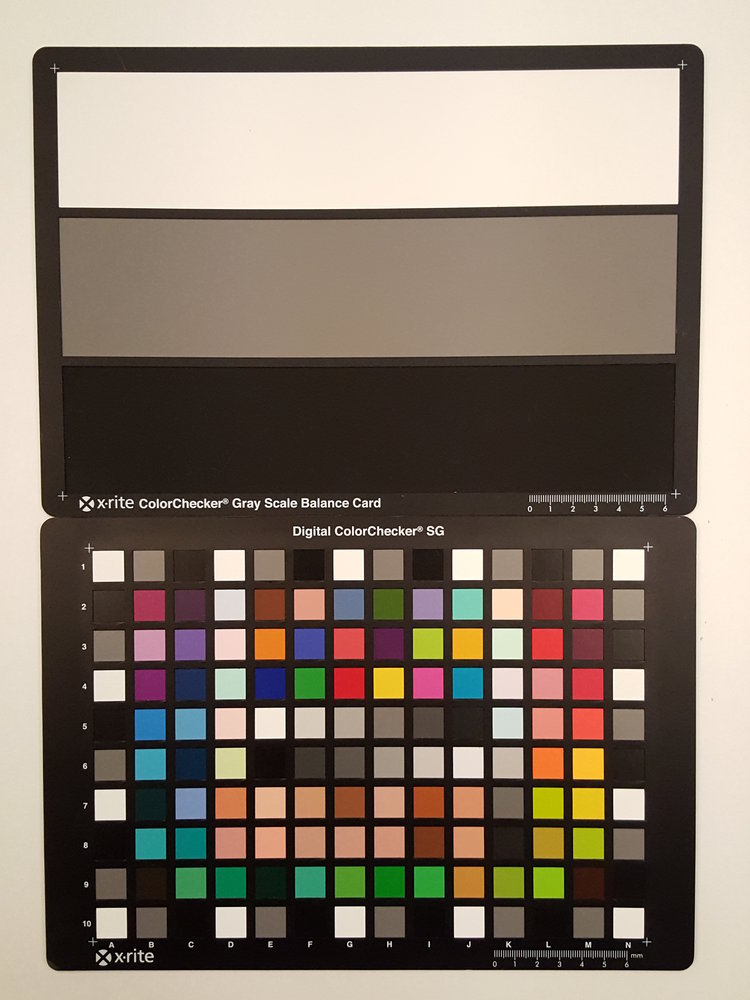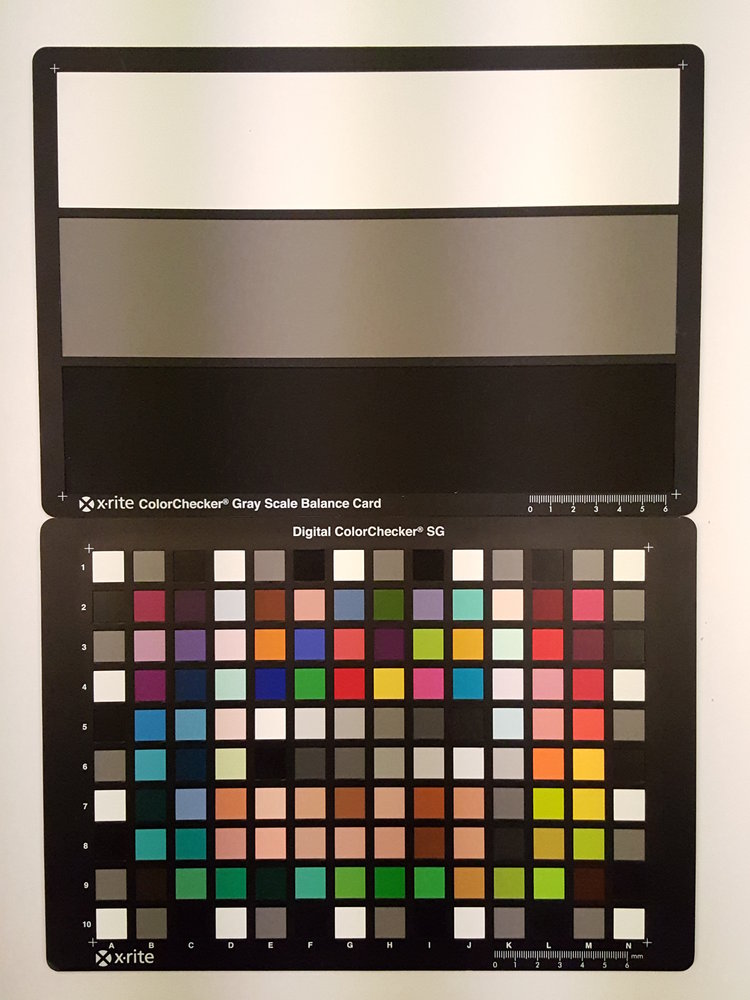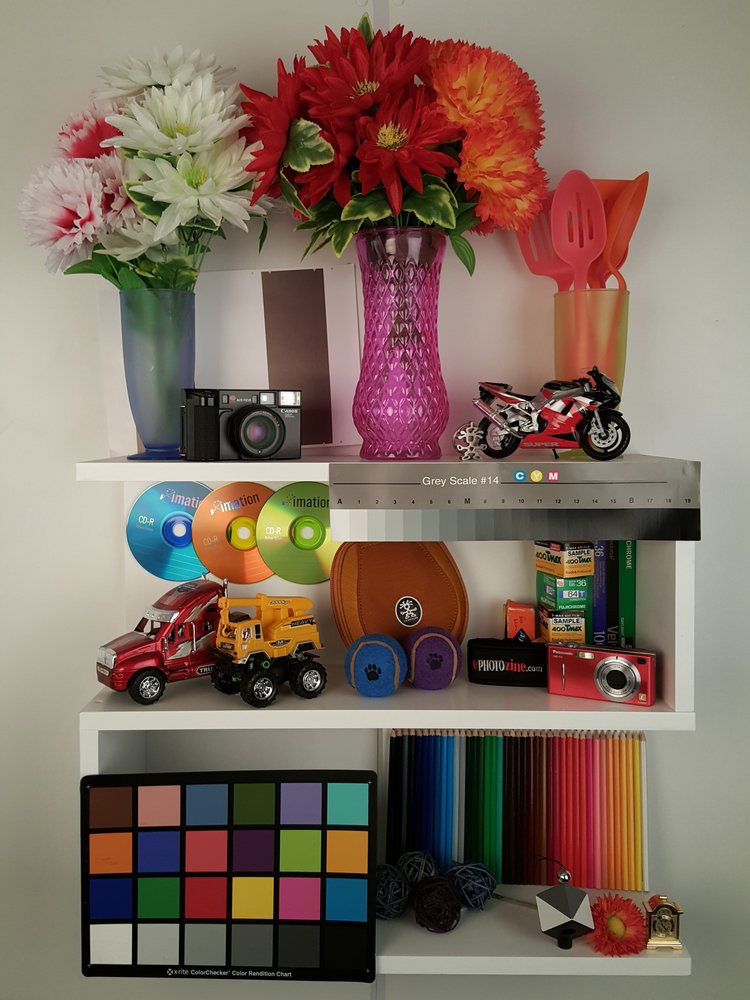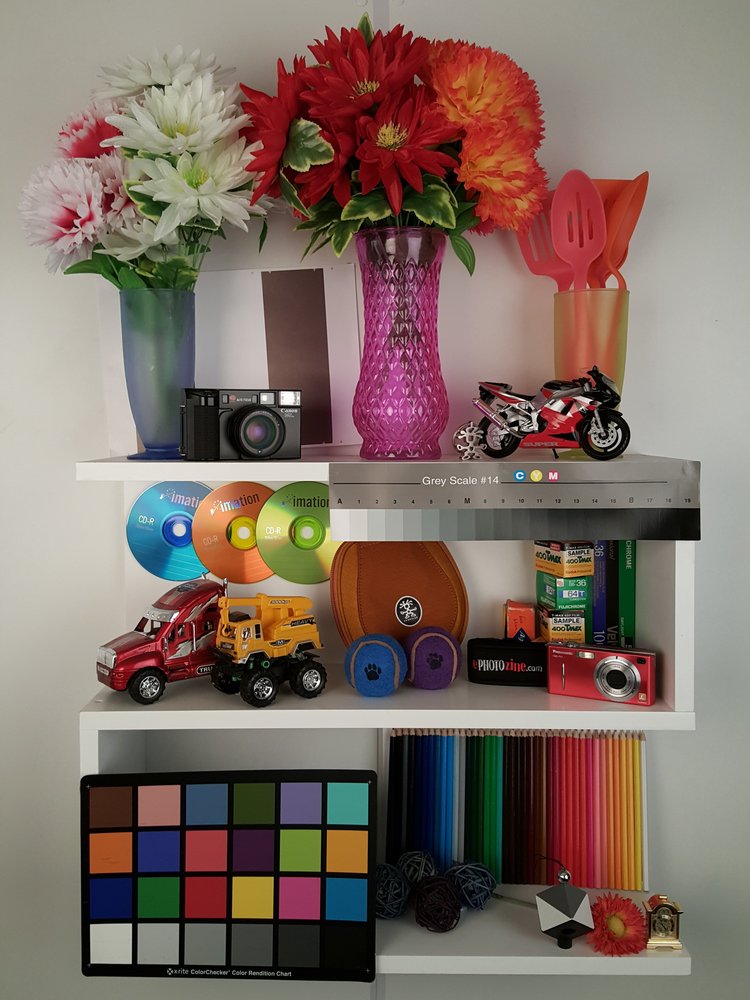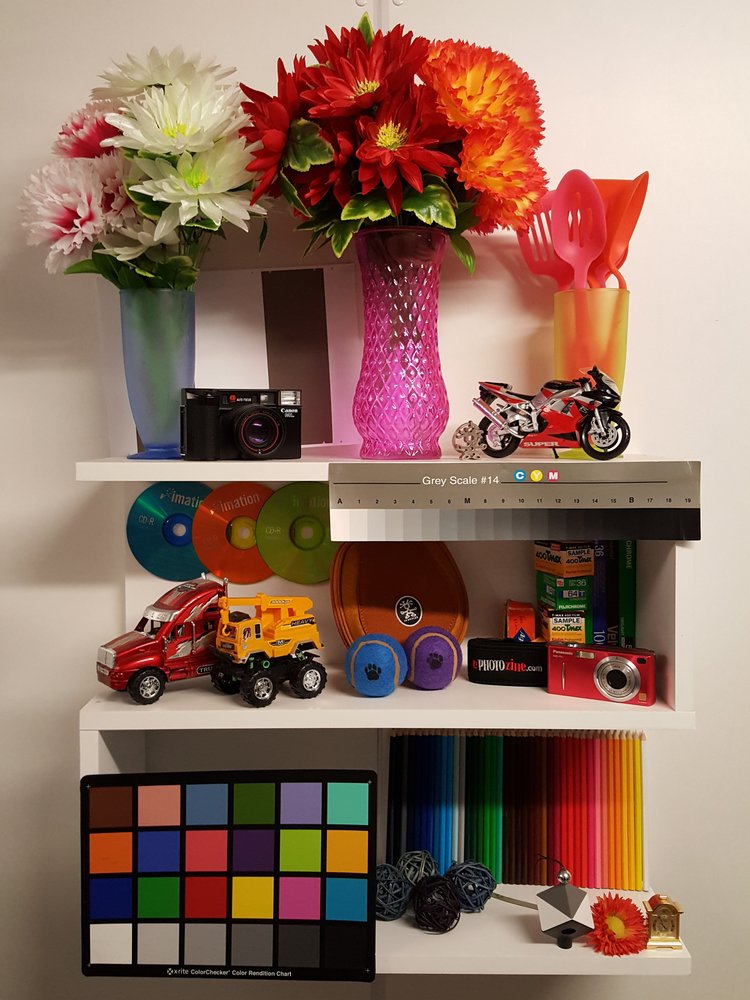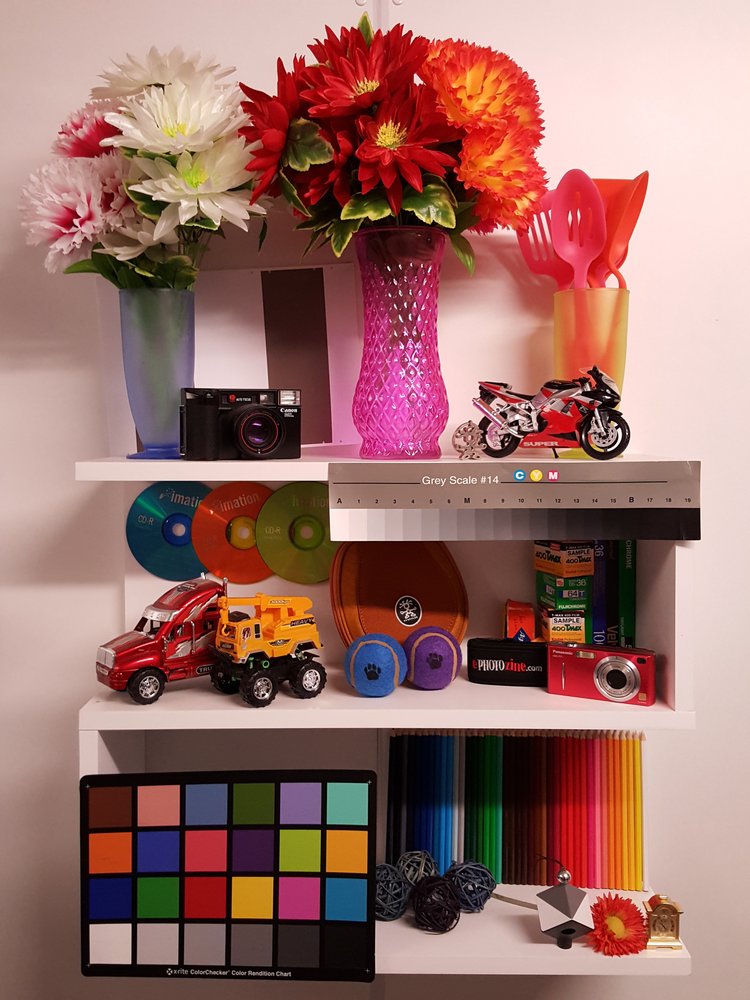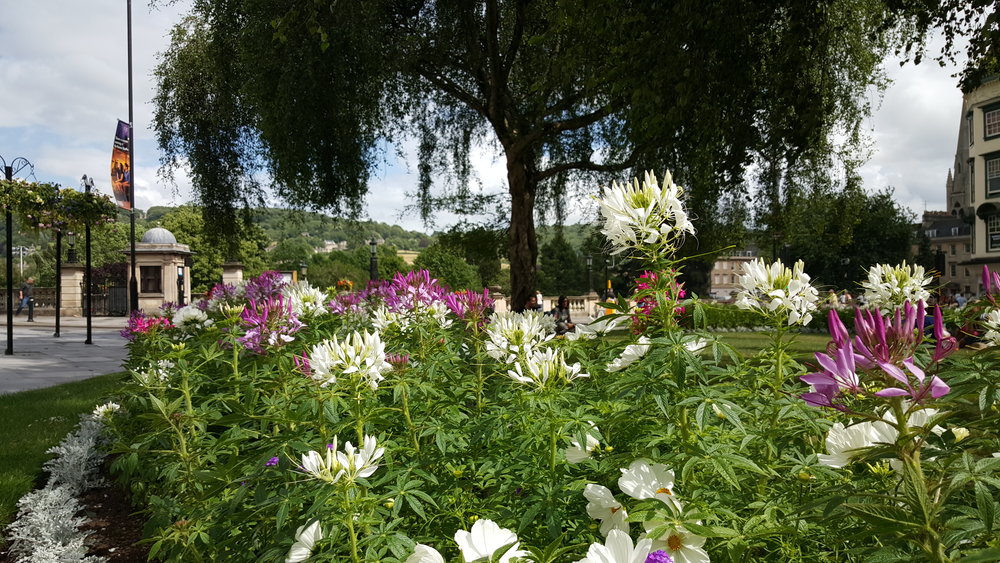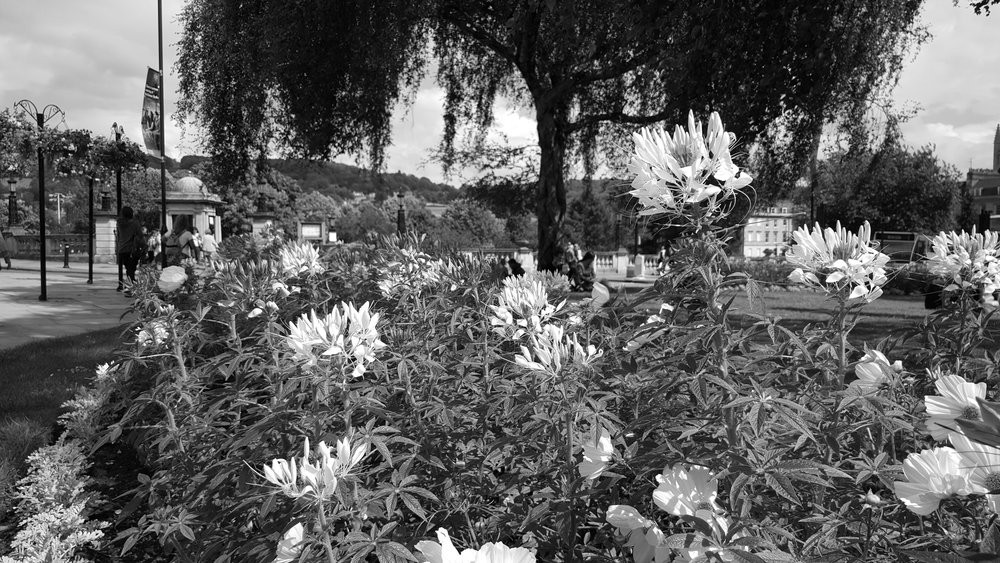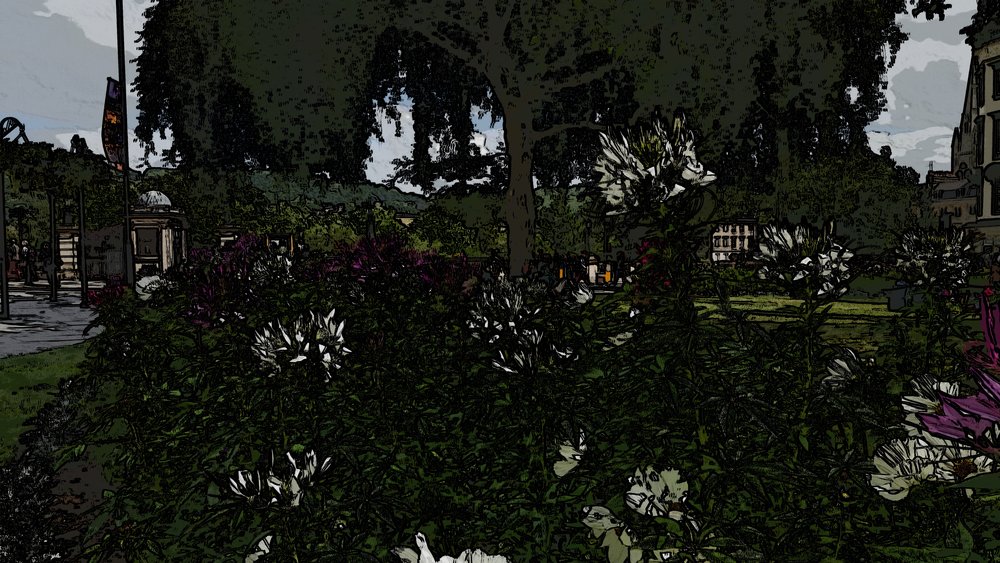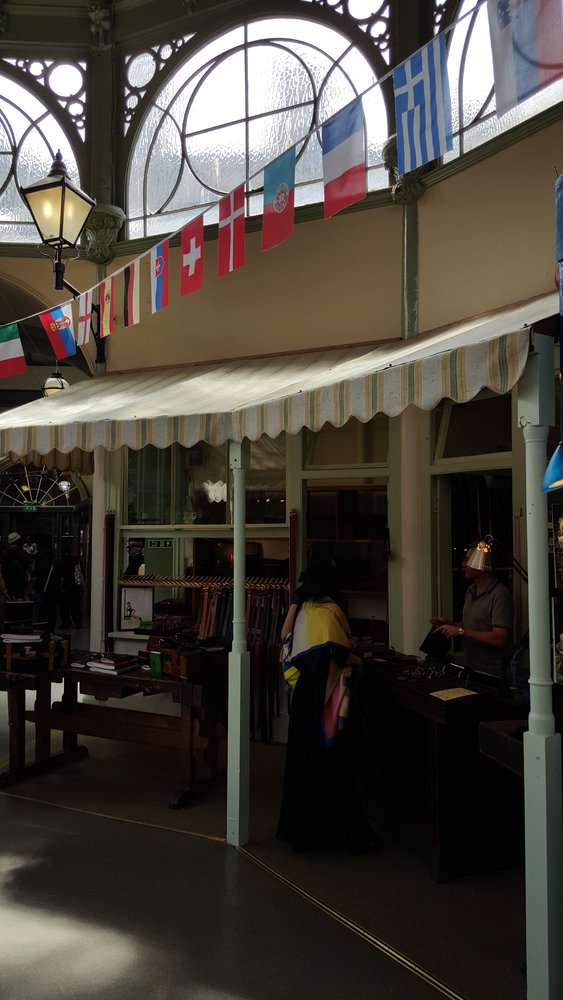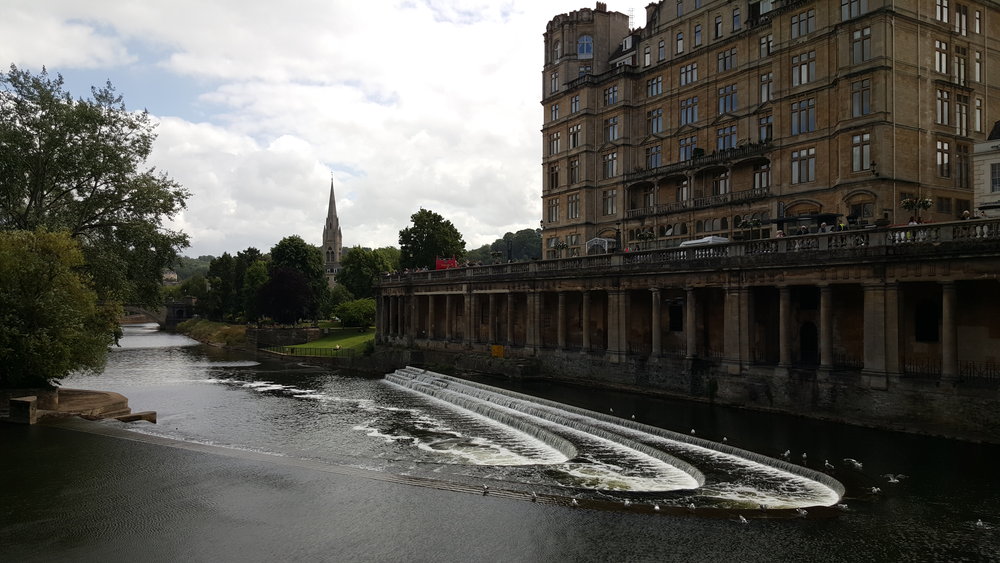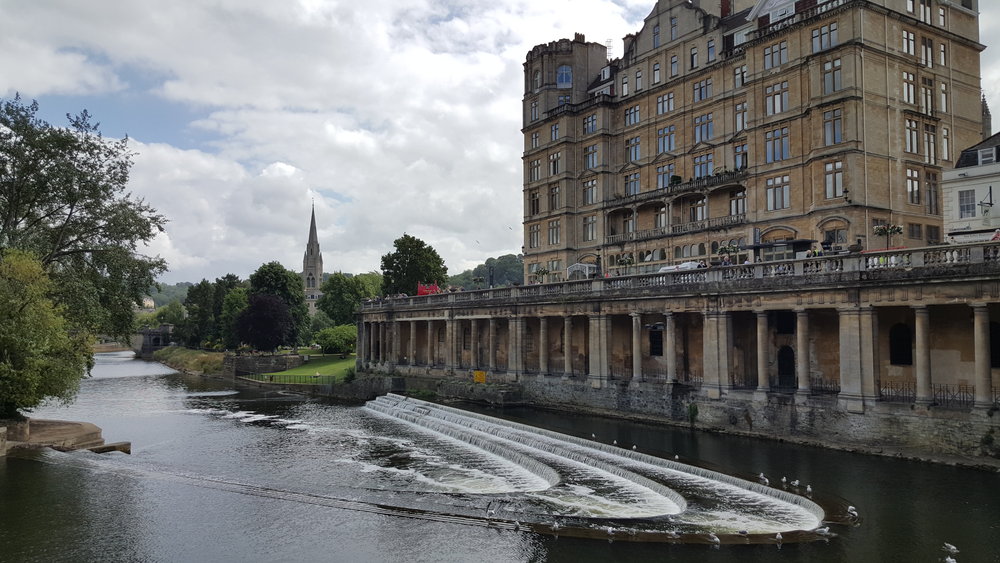Features
Handling
Performance
Verdict
Specification
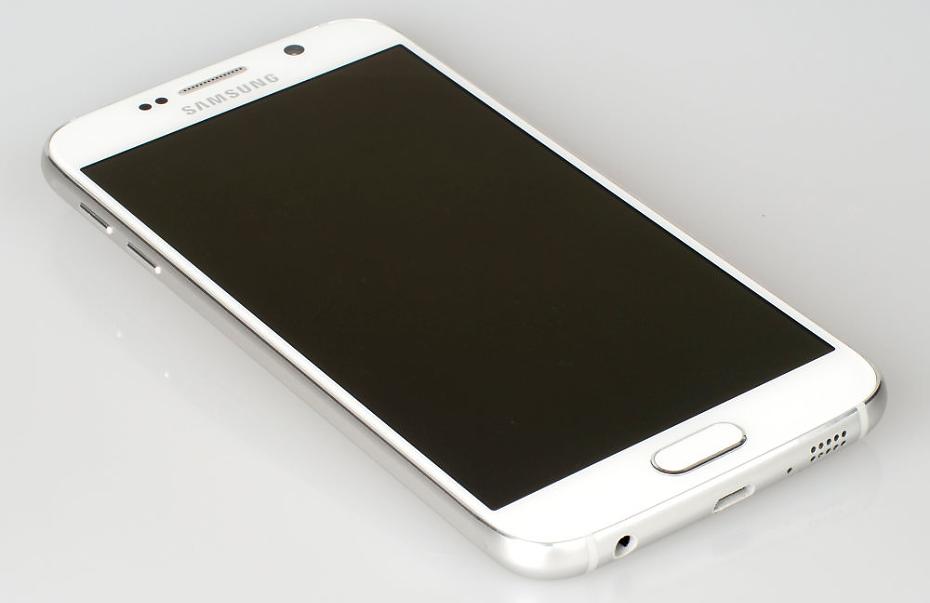
The Samsung Galaxy S6 represents the pinnacle of Samsung’s extensive smartphone line-up and goes head to head with the iPhone 6, HTC One M9 and Sony Xperia Z3+. Alongside the S6 is the Galaxy S6 Edge, which is essentially the same phone, but features a screen with curved edges, a slightly higher capacity battery and some other styling tweaks. Both the S6 and S6 edge use the same 16.0-megapixel camera and will record Ultra HD video.
Samsung Galaxy S6 Features

The Galaxy S5’s 2.5GHz quad-core processor and 2GB of RAM was impressive, but the S6 raises the bar even further and packs an 8-core, 2.1GHz processor and 3GB of RAM. This is comfortably enough power for completely smooth Ultra HD (4K) video recording and playback.
In addition to pushing power limits, Samsung has also enhanced the S6’s display. It’s still 5.1 inches like the S5, but resolution is up from Full HD (1080 x 1920) to 1440 x 2560, equating to 557 pixels-per-inch. The display uses Super AMOLED technology, meaning colour vibrancy and contrast should be higher than a traditional LCD screen.
On paper, the S6’s camera isn’t such a pronounced improvement, with the same 16.0MP resolution and 1/2.6-inch back-side illuminated CMOS chip design. But Samsung has significantly improved the optical side of the camera, incorporating true optical image stabilisation (the S5 only had a software substitute) and increasing the maximum aperture from f/2.2 to f/1.9. You also get a shorter 28mm-equivalent focal length for a wider field of view; an effect heightened by the native 16:9 image aspect ratio.
However, the S6 does omit some of the S5’s key features. Gone is the IP67-rated dust and water resistance, and the S6’s unibody design means the battery is no longer user-accessible. The S5’s Micro SD slot hasn’t been carried over to the S6 either.
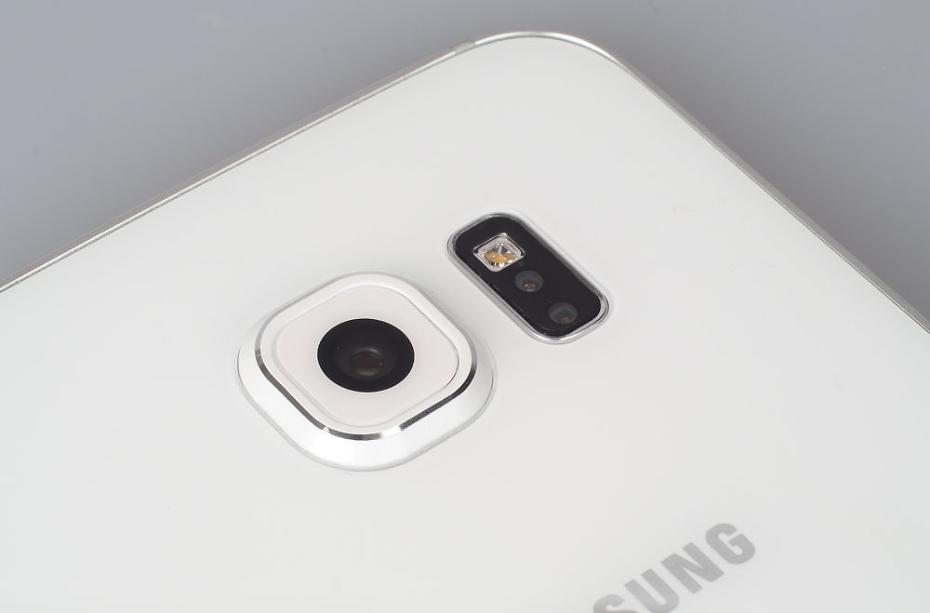
Key Features
- 16.0-megapixel 1/2.6inch BSI CMOS sensor
- Fixed 28mm-equivalent lens, f/1.9
- Optical image stabilisation
- 5.1-inch Super AMOLED touch-screen, 1440x2560, 577 ppi
- GPS / Wi-Fi / NFC
- Ultra HD (3840 x 2160) video recording
- HDR / panoramic shooting / 5MP front-facing camera
- Available in black, gold, blue or white
Samsung Galaxy S6 Handling
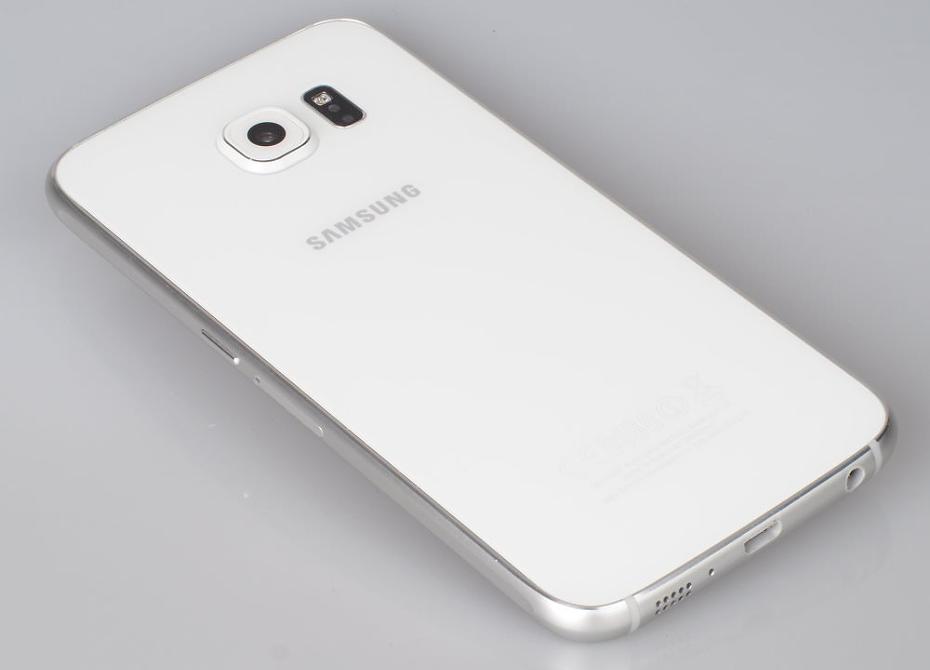
Where previous Galaxy S-series smartphones have been unashamedly plastic, the S6 uses an Apple-esque unibody construction of glass front and rear panels and an aluminium bezel. The effect is a more premium feel than past S-series phones and brings the S6 on a par with the HTC One M9 and iPhone 6.
However, like these phones, the battery isn’t user accessible. The S6 also follows the Apple philosophy of not offering a Micro SD slot, so you’re forced to stump up for extra internal storage space, with 32, 64 and 128GB options available. This does slightly impede access to your photos, but simply plugging the phone in to your computer via USB and navigating to the DCIM-titled images folder is easy enough.
As with most current top-end smartphones, the S6 has an extremely thin profile. It’s punctuated by the slightly pronounced camera which bulges approximately 1mm out from the rest of the rear panel, but this shouldn’t cause a problem even in the tightest of jeans pockets. The S6’s slender, slippery design does make it tricky to hold though, so if you’re a regular snapper – or simply want to safeguard your smartphone – a case is highly recommended.
Its ergonomics may lag behind a traditional compact camera, but the S6’s screen is far superior. Samsung’s Super AMOLED display technology produces stunningly vibrant colours and great contrast with excellent black depth. Viewing angles are also first class, although viewing from extreme angles does reveal some slight haziness not usually visible on traditional LCD screens. But more annoying is the screen brightness. Samsung has gone to great lengths to improve its OLED brightness, but the S6’s screen is still a struggle to see under direct sunlight, even at maximum brightness. Upping the S6’s screen resolution to 1440 x 2560 pixels has more benefit to marketing than real life, as the S5’s Full HD resolution already yielded a pixel density high enough to make individual pixels invisible to the human eye.
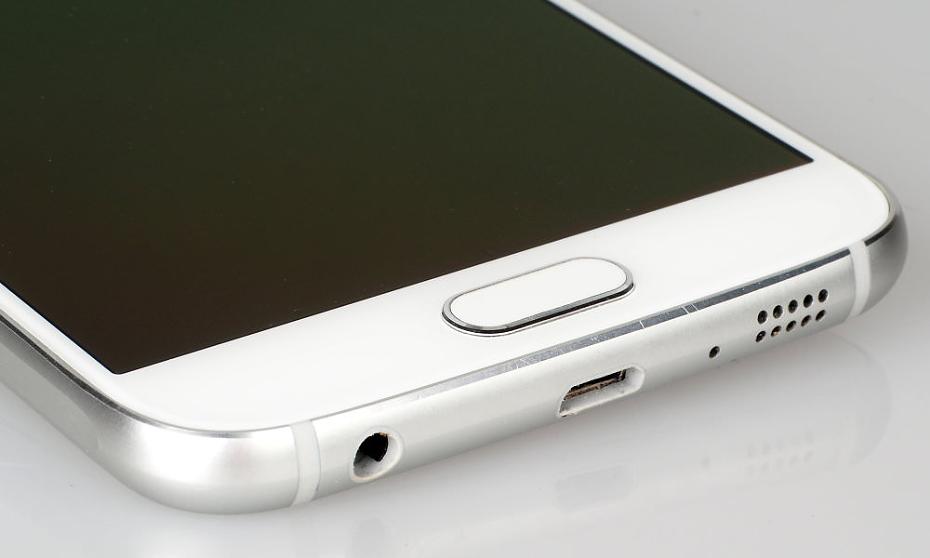
Activating the S6’s camera is as simple as double-pressing the home button or swiping the camera icon upward from the lock screen. The volume buttons can be customised to either function as a shutter release, video record button or they’ll control digital zoom.
Samsung’s TouchWiz skin of the Android Lollipop operating system provides a very clear menu design that’s easy to read and navigate. The camera app follows the same theme, and by pressing an arrow in the top left of the screen you reveal options to control the flash, self-timer, HDR function and select effects filters. The remaining camera settings are also accessed from this menu bar, and include picture and video resolution options.
By pressing the mode icon to in the lower left of the camera app screen, you can choose to switch from the default Auto mode to Pro mode, where you’re then able to control exposure compensation, ISO sensitivity, white balance, focus distance and metering options.
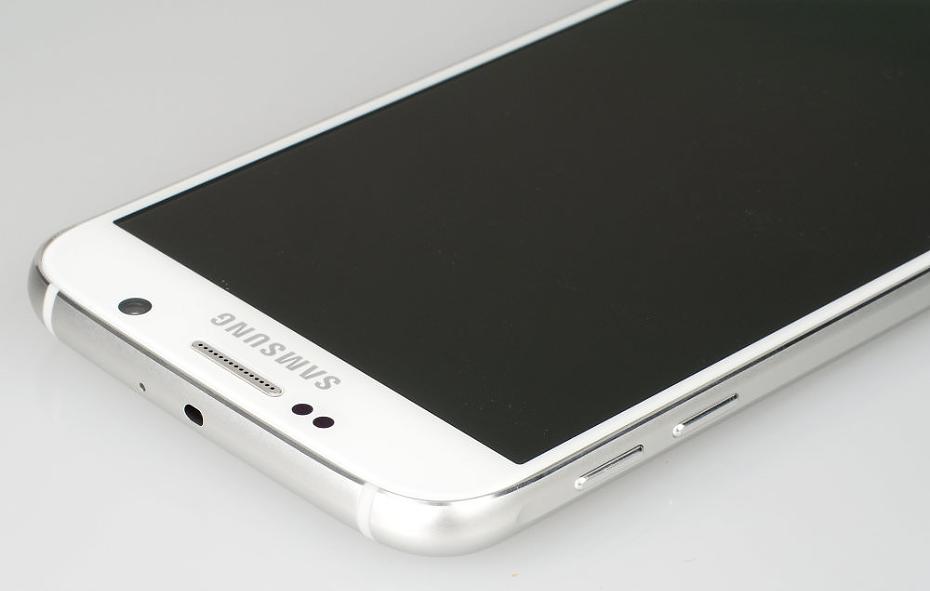
Battery life - Despite a reduction in battery capacity from 2800mAh in the Galaxy S5 to 2550mAh in the S6, improved power efficiency gives the S6 the same 13-hour video playback rating. There’s no CIPA-rated battery life as you’ll find with conventional cameras, but the S6’s charge only dropped around 20% during our photographic testing, although none of the phone’s communication features were used during this period.
Speed - We took a number of shots to test the camera's responsiveness, from switch on to first photo, shot to shot, focusing speed etc. We take a number of shots and then use the average to ensure accurate and consistent tests, making it easy to compare with other cameras.
| Shutter Response | 0.2secs |
| Wide - Focus / Shutter Response | 0.2secs |
| Switch on Time to Taking a Photo | 2.7secs from locked / 23secs from off |
| Shot to Shot without Flash | 0.6secs |
| Shot to Shot with Flash | 2.0secs |
| Continuous Shooting - JPEG (shots before slow down) |
1.8fps (x shots) |
| Continuous Shooting - Flash | N/A |
Samsung Galaxy S6 Performance
The performance section is where we look at the image quality performance of the camera. Additional sample photos and product shots are available in the Equipment Database, where you can add your own review, photos and product ratings.
Samsung Galaxy S6 Sample Photos
Sample Photos - In good light, the Galaxy S6’s image quality is nothing short of miraculous. Its 1/2.6-inch sensor size is marginally smaller than the 1/2.3-inch sensors in an average compact camera, yet the S6 is still able to resolve an impressive amount of fine detail in close-range subjects, and manages to avoid smoothing foliage detail in distant landscapes. Colour reproduction and exposure metering are also first class and the camera produces beautifully vibrant and accurately exposed results.
Whilst daytime performance is a match for the finest small-sensor compact cameras, low light performance is less convincing. In Pro mode the maximum selectable sensitivity is only ISO 800, but even at this setting low light images can be grainy and noise reduction smoothing is obvious. Dynamic range is also relatively poor, though the cameras excellent auto HDR feature effectively compensates for this.
It’s worth noting that the full 16MP resolution produces 16:9, widescreen-format images, rather than the 3:2 format that DSLRs record in or the squarer 4:3 ratio used by typical compact cameras.
Samsung Galaxy S6 Lens test images
Lens Performance - The fixed focal length, 28mm-equivalent lens produces distortion-free images with only a negligible drop in corner sharpness. Chromatic aberration is also minimal and lens flare non-existent. Macro performance is improved over the Galaxy S5, and the S6 is able to focus as close as 5cm from a subject. The new, larger f/1.9 maximum aperture also gives scope for some background bokeh blur behind macro shots, which is a rare bonus for a small sensor camera.
Samsung Galaxy S6 ISO test images
ISO Noise Performance - Both grain and colour speckling are well controlled at low sensitivity settings up to ISO400. However, there’s a sharp downturn at ISO800 where grain noticeably increases and noise reduction processing smears some detail. But when viewing at 50% image size or smaller, these issues are hardly visible.
Samsung Galaxy S6 White-balance test images
White Balance Performance - Auto white balance does a good job of correcting both fluorescent and tungsten colour casts, but manually selecting the florescent white balance pre-set does produce an obvious magenta colour cast.
Samsung Galaxy S6 Digital filters
Digital Filters - Seven filter effects are included with the S6’s camera app. These are: Vintage; Vignette; Tint; Greyscale; Faded Colour; Moody; Cartoon. The camera app also has other creative modes including slow and fast motion settings and Virtual Shot mode, whereby you move the camera around an object and it takes consecutive photos to create 3D wraparound interactive image which you can scroll around.
The Galaxy S6’s panorama mode will let you pan left, right, up or down. Unlike normal compact cameras, the S6’s immense processing power means it’s able to capture relatively high resolution images with over 1700 vertical pixels. That’s still a sizeable reduction from the height of a single 16MP still image, but it is large enough to capture plenty of detail.
Video - Whether in Full HD (1080p) or Ultra HD (2160p) resolution, video quality is excellent with high detail levels and good dynamic range. Video clips are limited to five minutes to prevent overheating and control file sizes. This is important, as our 17-second Ultra HD sample consumed 100MB of storage space, making a five minute video around 1.7GB.
Value For Money
The Samsung Galaxy S6 is available for £559 sim-free with 32GB of internal storage. The 64GB version costs £639, and the 12GB model £719. The Galaxy S6 edge is only available in 64GB and 128GB flavours, each costing £110 more than the equivalent standard S6, which is a hefty price increase to simply have a screen with curved edges.
Similar smartphones which prioritise camera quality are the HTC One M9 (20.7 megapixels, 32GB internal storage plus Micro SD expandability, £580) and the iPhone 6 (8 megapixels, 16GB: £539, 64GB: £619, 128GB: 699). The Sony Xperia Z3+ (sim-free for £499) shares the HTC One M9’s 20.7MP camera resolution and Micro SD expandability, however the HTC lacks the Galaxy S6’s optical image stabilisation.
You may want to get a case or bag to keep your camera phone safe and protected - have a look at our complete guide to camera bags.
Samsung Galaxy S6 Verdict
Gone are the days when phone cameras were a compromised and inferior substitute to a dedicated compact camera. In favourable lighting, the Galaxy S6 produces images every bit as detailed, vibrant and well exposed as the very best small-sensor compact cameras. Dimmer conditions cause the S6 to struggle, but if you don’t pixel peep, results are more than adequate.
The much-improved lens in the S6 with its large f/1.9 maximum aperture and optical image stabilisation does help a lot in low light scenarios though, minimising the need to use higher ISO sensitivities. Autofocus performance is also better than the S5, and only in very dark situations can you expect some focus hunting.
Ultra HD video recording is still a rare feature in conventional cameras, but the eight-core processing power in the S6 records this resolution with ease and generates superb quality videos.
However, in some ways the S6 is a step down from the S5. It now lacks water and dust resistance, but more importantly you no longer have the option to add extra storage capacity with a Micro SD card. It’s a pity that Samsung has followed Apple’s lead here, so if this is a deal-breaker for you, consider the HTC One M9 or Sony Xperia Z3+ instead.
Otherwise, the Samsung Galaxy S6 offers exceptional photographic performance that isn’t just impressive for a smartphone; it’s good enough to beat the majority of conventional compact cameras.
The Samsung offers exceptional photography performance with a wide f/1.9 lens and optical image stabilisation.


